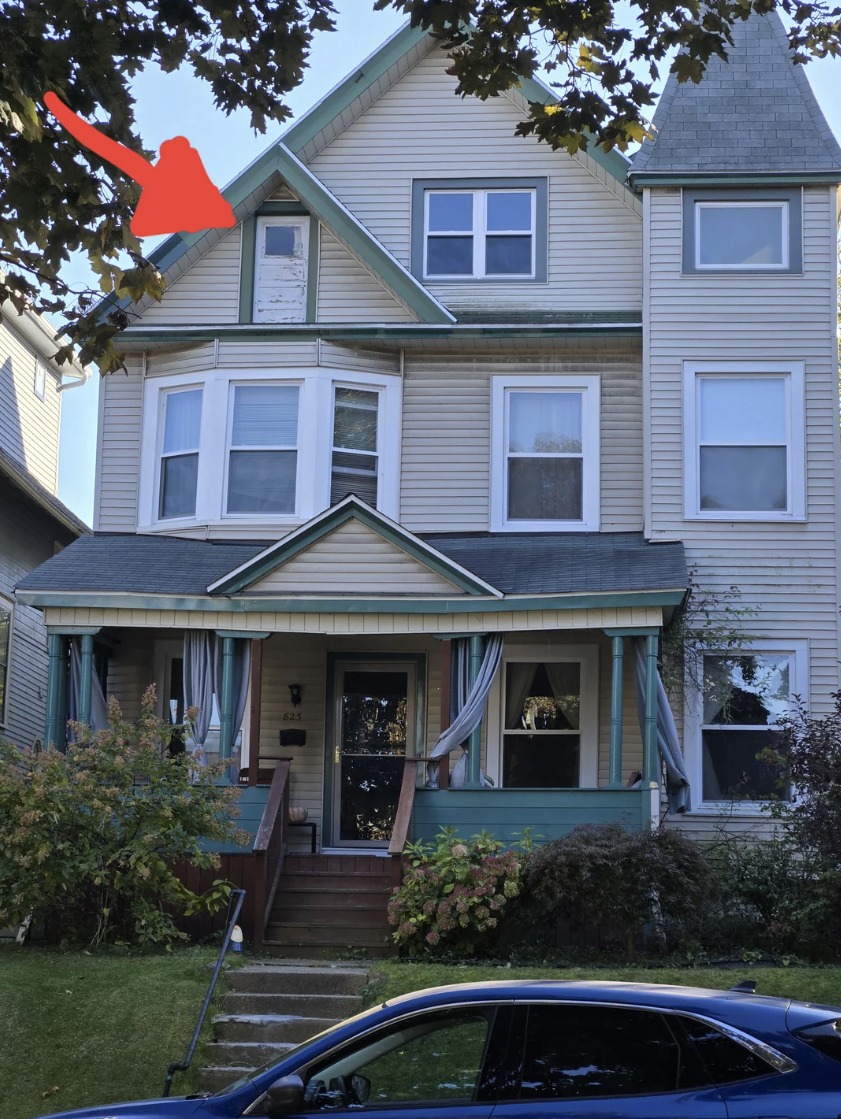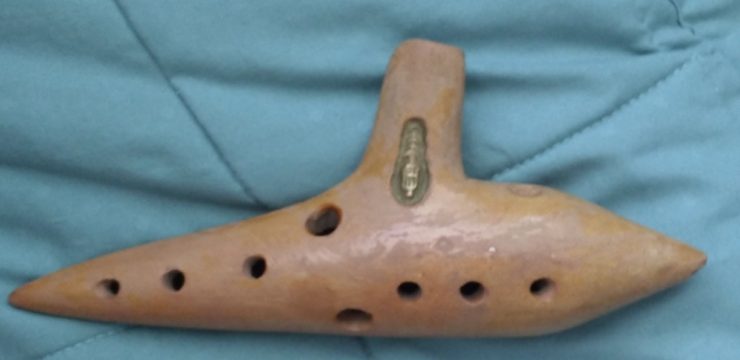Have you ever caught the scent of freshly cut grass on a summer night and suddenly felt like you were ten years old again, barefoot on an old wooden porch, chasing fireflies like it was your job? For many of us, those memories are tied to old houses filled with quirks and character, like the mysterious tiny doors tucked up in attics or nestled into gables.

I still remember one from my aunt’s house—a grand old place with a wraparound porch, lemon oil polish in the air, and that peculiar little door barely more than three feet tall perched at the top floor. It always made me wonder if it was built for elves or maybe hid a secret passage. Turns out, it had nothing to do with fantasy and everything to do with practicality. In the early 1900s, long before air conditioning or even reliable electric fans, houses were designed to “breathe.” These miniature gable doors were part of that system. When opened along with windows, they helped create natural airflow, offering sweet cross-ventilation during sweltering summers.
In some homes, those small doors led to what was called a “sleeping porch”—a tiny, often screened-in area where you could lay out a cot and sleep beneath the stars. My grandma used to tell stories about her and her sisters dragging feather pillows out onto the sleeping porch, giggling themselves to sleep as fireflies blinked like Morse code across the yard. The sound of cicadas and a distant dog barking would lull them to sleep in the open air. It’s kind of wild to think that back then, the secret to a good night’s rest wasn’t blackout curtains or white noise machines—it was just a simple door and a passing breeze. But those old features weren’t just functional; they were beautiful. Builders in that era knew how to blend purpose with aesthetics. These homes boasted gingerbread trim so delicate it resembled lace, intricate wrought iron railings that curled like fern fronds, and vibrant paint schemes that made every gable and eave feel magical.
Even the little gable doors weren’t just thrown in—they were framed with scrollwork or fenced with miniature railings, becoming part of the visual harmony of the home. Everything served a purpose, and everything had charm. Today, when I drive by one of those old homes stripped of its original beauty—no shutters, no trim, just a flat beige exterior—I feel a pang of sadness. I want to roll down the window and whisper, “I remember what you used to be.” I understand that modern conveniences have their place. Smart thermostats, insulated windows, and energy-efficient everything are great.
But there’s something soulful about those old design features that can’t be replicated. They remind us that homes were once created in sync with the seasons, with the land, and with the lives of the people who lived inside them. A gable door wasn’t just an oddity; it was an invitation to let the wind in, to be part of the world outside, to breathe deeply and rest easily. The more I learn about early 20th-century houses, the more I realize how much thought and care went into their construction. They weren’t just trying to keep you warm or cool—they were trying to create a sense of place, of peace, and of beauty. Even the floorboards seemed to speak, each creak and squeak adding a layer to the story. So next time you pass an old house with one of those strange little gable doors, don’t laugh or dismiss it. Think about the people who built it, the kids who played beneath it, or the weary soul who once opened it on a hot night in search of a cool breeze. Even if it’s sealed shut today, that tiny door holds a sliver of history, a relic of a time when homes had hearts. Let’s raise a metaphorical glass to those peculiar little doors, to the sleeping porches, and to the kind of craftsmanship that embraced both form and function. If you’re lucky enough to live in or visit a house with one of these architectural treasures, open that door if you can. Let the air move freely. Let the memories drift in. You never know what part of the past might come back to greet you on that breeze.





